Refrigeration System With Refrigeration And Freezing Chamber
Categories: Engineering Lab EquipmentIdentifying faults in refrigeration systems requires comprehensive knowledge This includes knowledge of the structure and the task of the individual components. With this, the design and components of...
Product
Description
Identifying faults in refrigeration systems requires
comprehensive knowledge This includes knowledge of the structure and the task
of the individual components. With this, the design and components of a
refrigeration system can be examined. The simulation of typical errors extends
the scope of the experiment. The components of a refrigeration circuit with
refrigeration and freezing chambers are arranged clearly in the trainer.
Solenoid valves enable the individual or parallel operation of the evaporators
in the two chambers. The circuit is equipped with a combined pressure switch
for the delivery and intake side of the compressor. The refrigeration chamber
features an evaporation pressure controller. The effect of the evaporation
pressure controller on the overall process is being examined. An inner heat
exchanger in the inlet of the two evaporators is used for supercooling the
refrigerant to increase the efficiency of the process. At the same time the
intake gas is superheated.
Learning Objectives/Experiments
Design and components of a refrigeration system with 2
evaporators
Components and their functions
Compressor, condenser, evaporator
Thermostatic expansion valve
Evaporation pressure controller
Pressure switch
Electric defrost heater
Thermodynamics of the refrigeration cycle
Effect of refrigerant supercooling
Representation of the thermodynamic cycle in the log p-h
diagram
Determination of important characteristic variables:
coefficient of performance, refrigeration capacity, compressor work
Fault finding in refrigeration system components
Specification
Investigation of a refrigeration system with refrigeration
and freezing chambers
Refrigeration circuit with compressor, condenser and 2
evaporators with thermostatic expansion valve and evaporation pressure
controller
Insulated freezing chamber with fan and electric defrost
heater
Insulated refrigeration chamber with evaporation pressure
controller
Heat exchanger for refrigerant supercooling
Individual or parallel operation of the chambers via
solenoid valves
Sensors record pressure and temperature
Refrigerant mass flow rate calculated in the software from
recorded measured values
Simulation of 18 faults
Technical Data
Compressor
power consumption: 565W at 7,2/54,4°C
refrigeration capacity: 1363W at 7,2/54,4°C
Condenser with fan
volumetric air flow rate: 290m3/h
transfer area: 1,5m2
Refrigeration chamber
evaporator transfer area: 1,06m2
Freezing chamber
evaporator transfer area: 2,42m2
volumetric air flow rate, fan: 135m3/h
electric defrost heater: approx. 150W
Evaporation pressure controller: 0…5,5bar
Refrigerant: R513A, GWP: 631
filling volume: 1,5kg
CO2-equivalent: 0,9t
Measuring ranges
temperature: 12x -50…120°C
pressure: 3x -1…15bar, 3x -1…9bar, 3x -1…24bar
power: 0…1125W
flow rate: 1…11,5L/h
230V, 50Hz, 1 phase
230V, 60Hz, 1 phase; 120V, 60Hz, 1 phase
quick overview :
Identifying faults in refrigeration systems requires
comprehensive knowledge This includes knowledge of the structure and the task
of the individual components. With this, the design and components of a
refrigeration system can be examined. The simulation of typical errors extends
the scope of the experiment. The components of a refrigeration circuit with
refrigeration and freezing chambers are arranged clearly in the trainer.
Solenoid valves enable the individual or parallel operation of the evaporators
in the two chambers. The circuit is equipped with a combined pressure switch
for the delivery and intake side of the compressor. The refrigeration chamber
features an evaporation pressure controller. The effect of the evaporation
pressure controller on the overall process is being examined. An inner heat
exchanger in the inlet of the two evaporators is used for supercooling the
refrigerant to increase the efficiency of the process. At the same time the
intake gas is superheated.
Learning Objectives/Experiments
Design and components of a refrigeration system with 2
evaporators
Components and their functions
Compressor, condenser, evaporator
Thermostatic expansion valve
Evaporation pressure controller
Pressure switch
Electric defrost heater
Thermodynamics of the refrigeration cycle
Effect of refrigerant supercooling
Representation of the thermodynamic cycle in the log p-h
diagram
Determination of important characteristic variables:
coefficient of performance, refrigeration capacity, compressor work
Fault finding in refrigeration system components
Specification
Investigation of a refrigeration system with refrigeration
and freezing chambers
Refrigeration circuit with compressor, condenser and 2
evaporators with thermostatic expansion valve and evaporation pressure
controller
Insulated freezing chamber with fan and electric defrost
heater
Insulated refrigeration chamber with evaporation pressure
controller
Heat exchanger for refrigerant supercooling
Individual or parallel operation of the chambers via
solenoid valves
Sensors record pressure and temperature
Refrigerant mass flow rate calculated in the software from
recorded measured values
Simulation of 18 faults
Technical Data
Compressor
power consumption: 565W at 7,2/54,4°C
refrigeration capacity: 1363W at 7,2/54,4°C
Condenser with fan
volumetric air flow rate: 290m3/h
transfer area: 1,5m2
Refrigeration chamber
evaporator transfer area: 1,06m2
Freezing chamber
evaporator transfer area: 2,42m2
volumetric air flow rate, fan: 135m3/h
electric defrost heater: approx. 150W
Evaporation pressure controller: 0…5,5bar
Refrigerant: R513A, GWP: 631
filling volume: 1,5kg
CO2-equivalent: 0,9t
Measuring ranges
temperature: 12x -50…120°C
pressure: 3x -1…15bar, 3x -1…9bar, 3x -1…24bar
power: 0…1125W
flow rate: 1…11,5L/h
230V, 50Hz, 1 phase
230V, 60Hz, 1 phase; 120V, 60Hz, 1 phase
Product
Reviews
add Review
reviews
No Review Yet.
Copyrights © 2025 All Rights Reserved by Atico






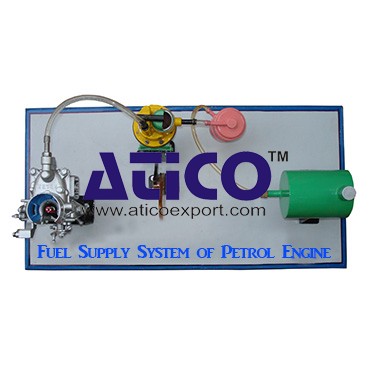

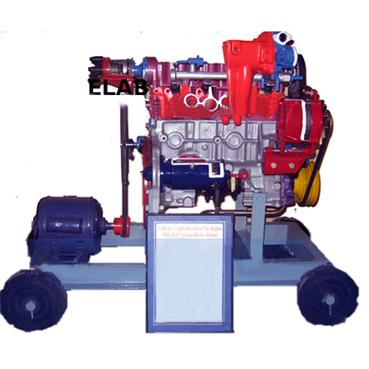
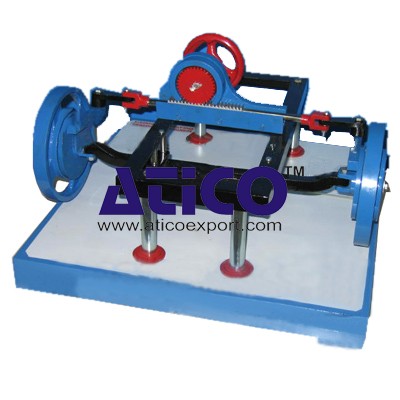


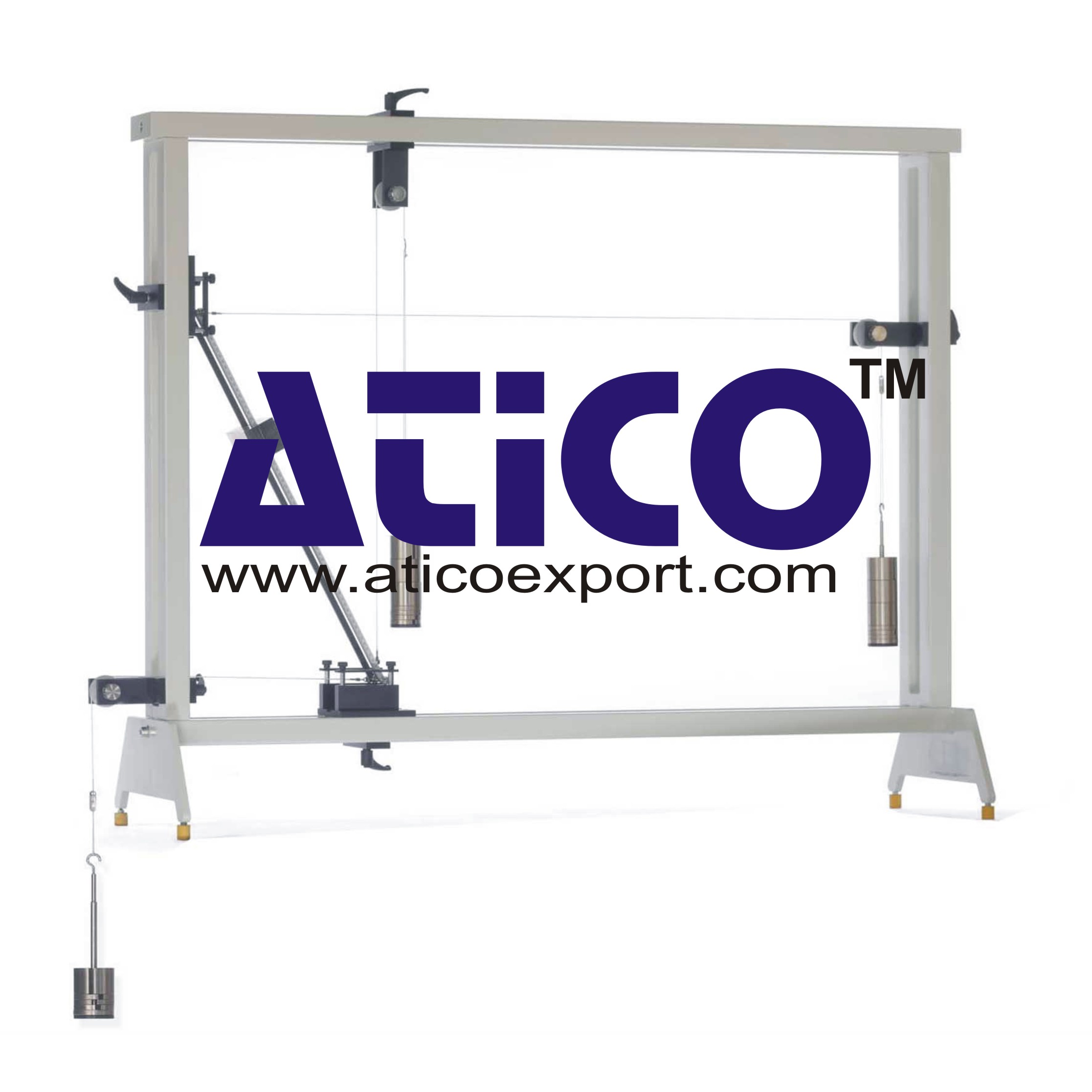
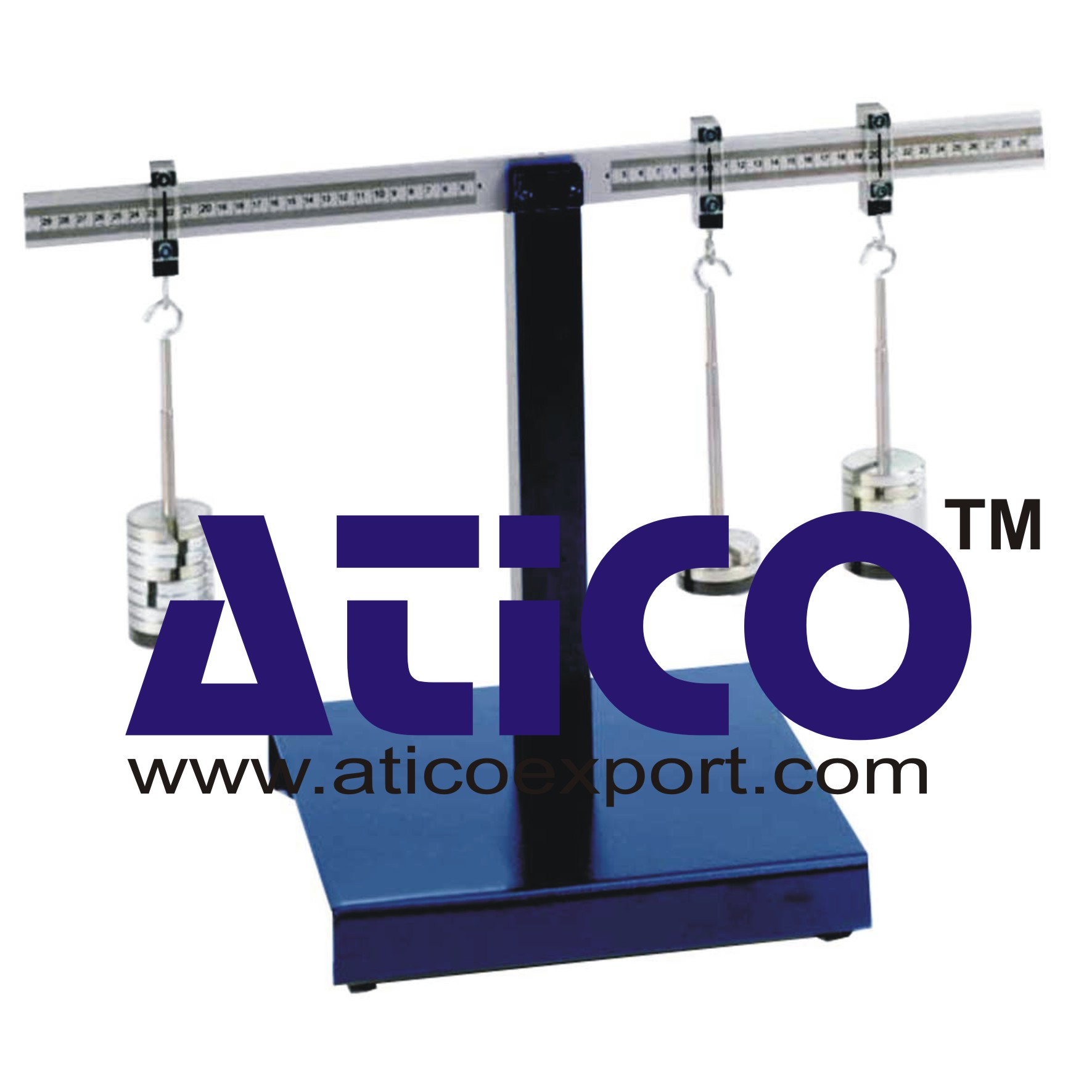
Product
Reviews
add Review
reviews
No Review Yet.